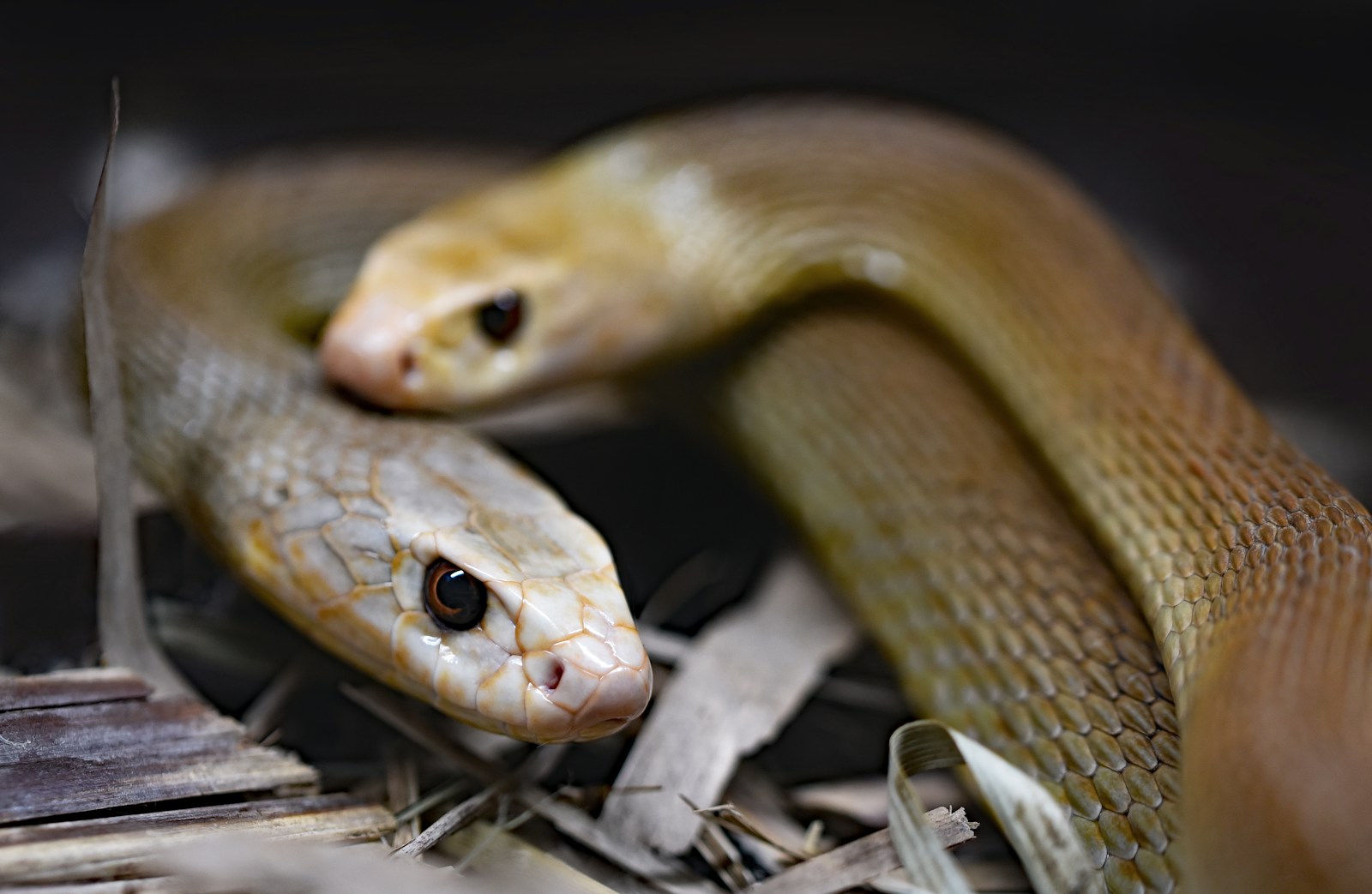Keeping chickens can be a rewarding experience, providing fresh eggs and delightful feathered companions. However, chicken coops can inadvertently attract unwanted visitors – particularly snakes. These reptiles are drawn to coops for shelter, water, and the promise of eggs or small chicks as meals. For chicken owners, finding a snake in the coop can be distressing and potentially dangerous for your flock. Fortunately, with some thoughtful modifications and preventative measures, you can create a snake-resistant environment that keeps your chickens safe while respecting wildlife. This comprehensive guide will walk you through practical, humane methods to deter snakes from making your chicken coop their hunting ground.
Understanding Why Snakes Are Attracted to Chicken Coops
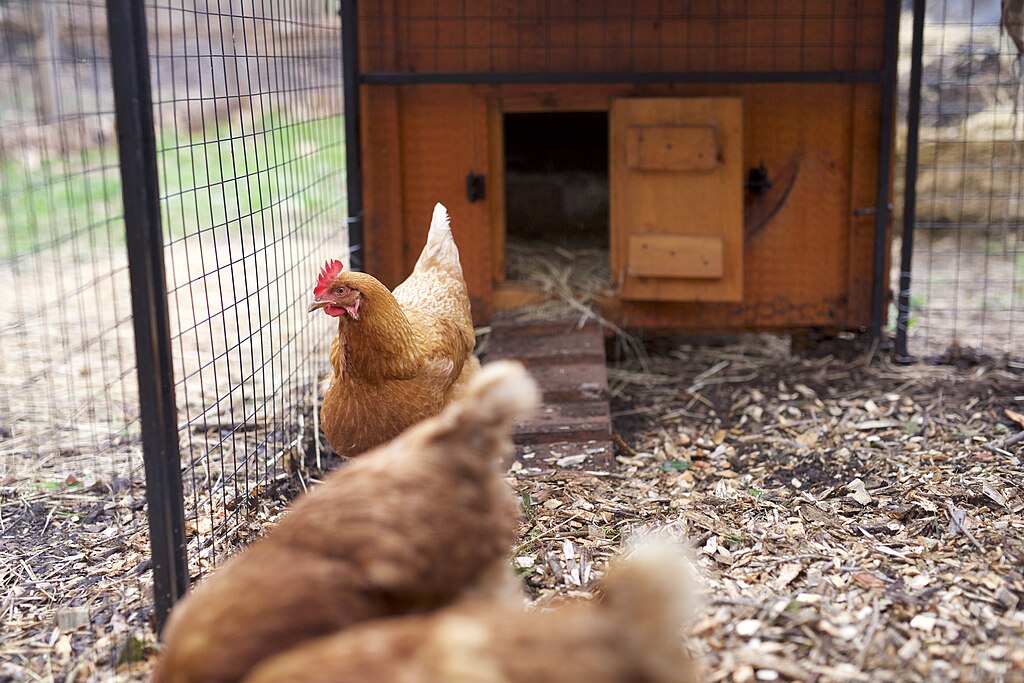
Before implementing protective measures, it’s important to understand what draws snakes to chicken coops in the first place. The primary attractions for snakes are food, shelter, and water – all things typically found in abundance around coops. Chicken eggs serve as protein-rich meals for many snake species, while rodents drawn to chicken feed provide another food source. The dark, protected spaces within and beneath coops offer perfect hiding spots and shelter from predators and harsh weather. Additionally, water sources like chicken waterers provide hydration, especially important in dry conditions. Understanding these attraction factors helps address the root causes rather than just treating symptoms.
Recognizing Snake-Friendly Environments

Certain environmental conditions make your chicken coop more inviting to snakes. Tall grass and overgrown vegetation provide perfect cover for snakes to approach undetected, allowing them to slither close to the coop without exposure. Piles of wood, rocks, compost, or debris near your coop create ideal hiding places and potential nesting sites. Excessive moisture or standing water not only attracts snakes seeking hydration but also draws amphibians and other small animals that snakes prey upon. Open feed containers attract rodents, which in turn attract snakes looking for an easy meal. By identifying and modifying these conditions, you can make your coop area significantly less appealing to serpentine visitors.
Creating Physical Barriers

Physical barriers form your first line of defense against snake intrusions. Hardware cloth with 1/4-inch or smaller mesh size is far more effective than chicken wire, as snakes can squeeze through surprisingly small openings. Install this mesh around the entire perimeter of the coop, extending at least 6-12 inches below ground to prevent snakes from burrowing underneath, and bend the bottom portion outward to create a “snake shelf” that’s difficult to climb over. Seal all gaps and holes in the coop structure, paying special attention to corners, roof junctions, and areas where pipes or wires enter. Remember that some snake species are excellent climbers, so extend protective barriers to overhanging branches and other potential entry points from above.
Elevating Your Coop Design

An elevated coop provides significant advantages in snake-proofing efforts by eliminating ground-level access points. Raise your coop at least 18-24 inches off the ground on sturdy legs or a platform, making it more difficult for snakes to access. Install metal predator guards (similar to squirrel baffles) on each leg of your coop – these smooth, cylindrical barriers prevent snakes from climbing up. For additional protection, create a “snake-proof skirt” around the elevated coop by extending hardware cloth outward from the base in all directions for at least 24 inches. This elevated design not only deters snakes but also improves airflow and makes cleaning beneath the coop easier, creating a less hospitable environment for all types of pests.
Implementing Proper Door and Window Protection

Doors and windows represent vulnerable entry points that require special attention in your snake-proofing strategy. Install automatic chicken coop doors that close securely at dusk and open at dawn, minimizing opportunities for nighttime predators to enter. Ensure all windows are covered with 1/4-inch hardware cloth rather than standard window screens, which snakes can damage and penetrate. Create overlapping door frames with minimal gaps, and install weather stripping around doors to eliminate small spaces that snakes might exploit. Consider adding door sweeps to the bottom of all doors to close the gap between the door and threshold, a common entry point for determined snakes seeking access.
Managing Feed to Deter Rodents and Snakes
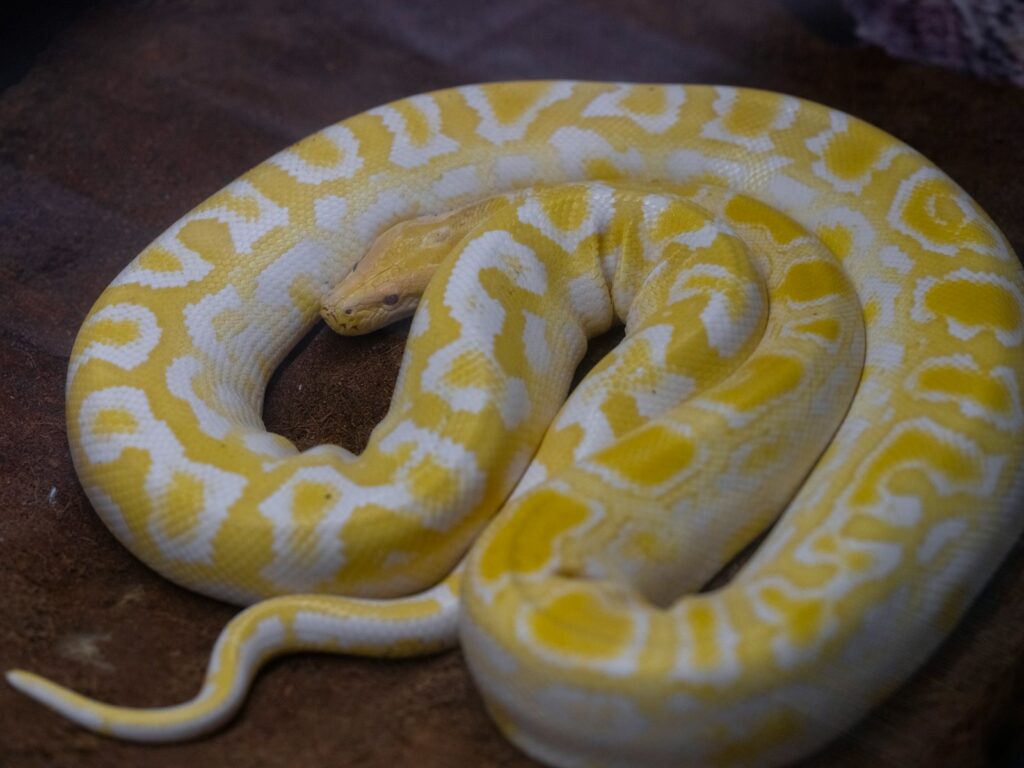
Proper feed management plays a crucial role in breaking the food chain that attracts snakes. Store all chicken feed in metal containers with tight-fitting lids, as snakes and rodents can chew through plastic storage options. Establish feeding routines that minimize the amount of time feed remains accessible in the coop, such as feeding birds in the morning and removing unused feed before dusk when many snakes become active. Clean up spilled feed immediately to prevent it from attracting mice and rats, which subsequently attract snakes. Consider using treadle feeders that close when not being used by chickens, effectively protecting the feed from both rodents and the snakes that hunt them.
Securing Nesting Boxes and Egg Collection

Nesting boxes require special attention since eggs are a primary attractant for many snake species. Design nest boxes with steep, smooth sides and small entrance holes that allow chickens access but make it difficult for snakes to enter. Collect eggs frequently – ideally multiple times daily – to remove this food source and reduce the reward for any snake that does manage to access your coop. Consider installing roll-away nest boxes where eggs roll into a separate, secured collection area immediately after being laid, keeping them out of reach of predators. For additional protection, position nest boxes at least 18 inches off the ground, making them more difficult for ground-dwelling snakes to access.
Utilizing Natural Snake Repellents

While no repellent offers complete protection, natural deterrents can supplement your physical barriers. Plants like marigold, lemongrass, garlic, and wormwood have strong scents that many snakes find unpleasant, making them useful border plantings around your coop area. Commercial snake repellents containing natural ingredients like cinnamon oil, clove oil, and sulphur may provide temporary deterrence, though they require frequent reapplication, especially after rain. Some chicken keepers report success with spreading sulfur powder or diatomaceous earth around the coop perimeter, creating an unpleasant texture for snakes to cross. While vinegar sprays are sometimes recommended, their effectiveness is limited and requires very frequent application to maintain any deterrent effect.
Landscape Modifications for Snake Prevention

Strategic landscape management creates an environment less conducive to snake activity around your coop. Maintain a clear perimeter of at least 3-4 feet around the entire coop area, keeping it free of tall grass, dense vegetation, and ground cover that could provide concealment for approaching snakes. Remove piles of rocks, logs, compost, or debris near the coop that might serve as snake habitat, forcing snakes to cross open areas to reach your chickens. Use gravel or crushed stone around the coop perimeter instead of mulch or ground cover, as snakes typically find rough, loose stone uncomfortable to traverse. Consider installing a perimeter fence of fine mesh extending at least six inches underground and featuring a rolled top to prevent climbing snakes from gaining access to the coop area.
Water Management Strategies

Controlling water sources is essential since moisture attracts both snakes and their prey. Use chicken waterers designed to prevent spills and minimize standing water, checking and repairing any leaks promptly. Position waterers on platforms or suspended systems that make them less accessible to ground-dwelling snakes while still allowing chickens to drink comfortably. Ensure proper drainage around the coop area to prevent puddles and soggy soil that attract amphibians and create hospitable environments for snake activity. Store extra water containers in sealed areas rather than leaving them exposed near the coop, as open water sources can serve as snake attractants, especially during dry periods.
Implementing Routine Maintenance Practices

Regular maintenance serves as a critical component of any effective snake-proofing strategy. Conduct weekly inspections of your coop’s exterior, checking for new gaps, damaged hardware cloth, or signs of digging that might indicate attempted entry points. Clean the coop regularly to remove spilled feed, old bedding, and droppings that might attract rodents and subsequently snakes. Maintain your snake deterrents by refreshing natural repellents after rain and ensuring physical barriers remain intact and functional. Rotate stored equipment, feed bags, and supplies frequently to eliminate potential hiding spots and prevent snakes from establishing territory near your coop area.
Utilizing Technology for Snake Detection and Prevention
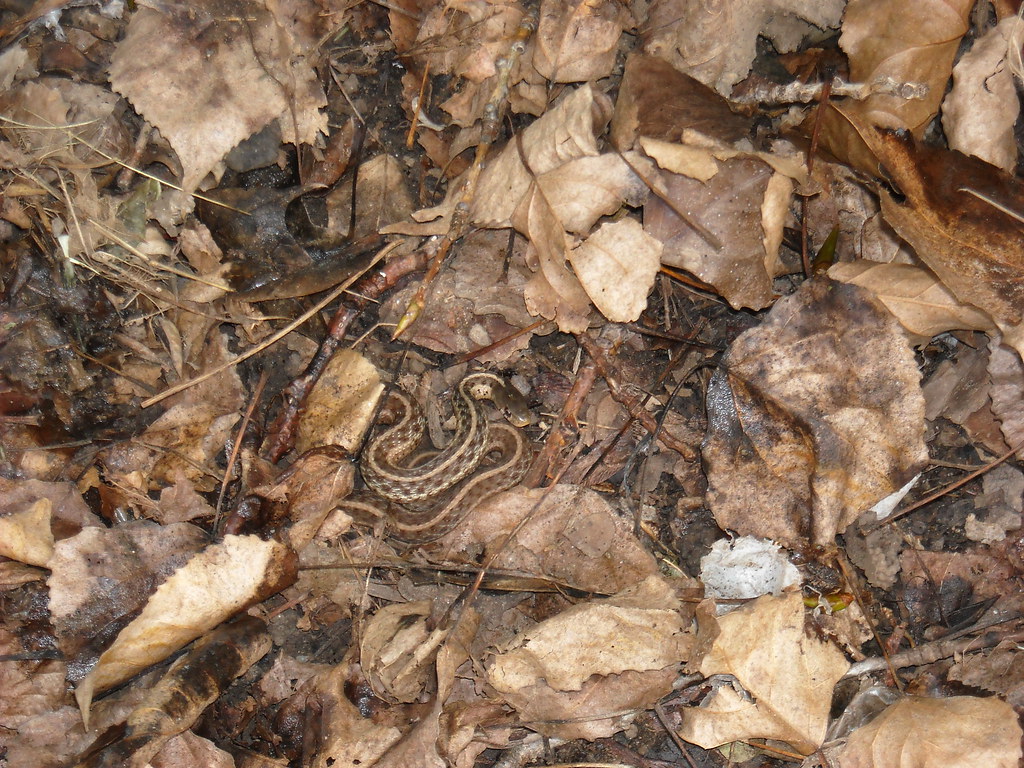
Modern technology offers additional tools for snake prevention and early detection. Motion-activated lighting around the coop can startle nocturnal snakes and make them less likely to approach, while also alerting you to potential nighttime activity. Vibration-based snake repellent devices emit ground vibrations that may deter snakes by mimicking larger predators, though their effectiveness varies by species and circumstances. Some chicken keepers install simple security cameras to monitor coop activity, providing early warning of snake presence and helping identify entry points. For comprehensive protection, consider snake-detection systems with infrared sensors designed specifically to identify the heat signatures and movement patterns of snakes approaching protected areas.
Humane Removal Options When Prevention Fails
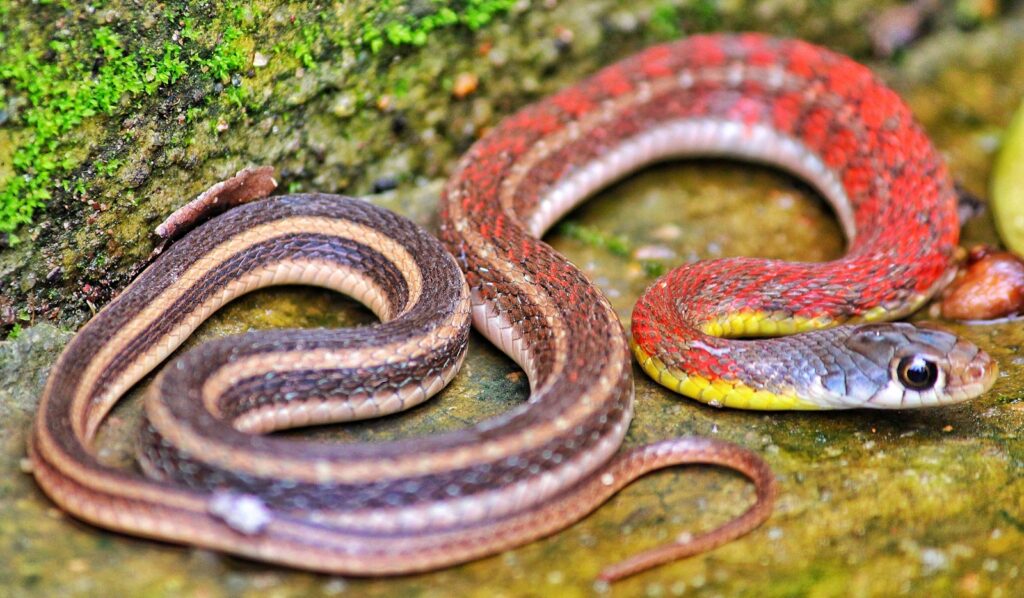
Despite your best prevention efforts, you may occasionally find snakes in or near your coop, requiring safe removal. Snake tongs or hooks allow for safe handling at a distance, keeping both you and the snake safe during removal – never attempt to handle unknown snake species with your hands. Commercial snake traps with one-way entrances can capture snakes humanely, though these require regular checking to prevent unnecessary suffering of trapped animals. For persistent problems, consider contacting local wildlife services or snake removal specialists who can safely relocate snakes to more appropriate habitats. Remember that many snake species are beneficial predators that control rodent populations, so removal should focus on relocation rather than extermination whenever possible.
Conclusion

Creating a snake-proof chicken coop requires a multi-faceted approach that combines physical barriers, habitat modification, and regular maintenance. By understanding snake behavior and implementing these preventative measures, you can significantly reduce the risk of snake encounters while keeping your chickens safe. Remember that complete snake-proofing is challenging, but each improvement makes your coop less attractive and accessible to these reptiles. With proper planning and consistent effort, you can create a harmonious backyard environment where your chickens thrive without unwelcome serpentine visitors. Most importantly, these methods allow you to protect your flock while respecting the important role snakes play in the wider ecosystem.

